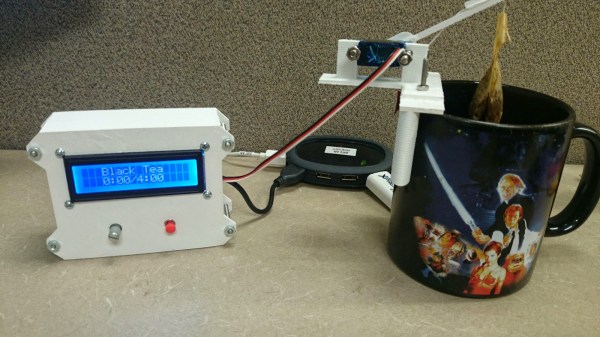Model railroads are the wellspring of hacker culture; the word itself comes from the MIT Tech Model Railroad Club sometime in the early 60s. These old timers at MIT had incredible resources available to them – multimillion dollar computers, vast amounts of plywood, and real metal tracks to run their trains on. [Szabolcs] doesn’t have any of this, so for his Hackaday Prize entry he’s building the Broke Hackers’ Model Train layout.
Nothing except for the most basic components in this train layout is pre-bought. The tracks are 3D printed, motor control is done through homebrew electronics, and the locomotives will be controlled through a custom protocol. It’s the apex of a hacker’s model train layout, and when you consider how much effort goes into building a normal train layout, [Szabolcs] is looking at a lot of work.
With all the work ahead of him, things haven’t exactly gone smoothly for [Szabolcs]. To print off all the parts for this project, he bought a Makibox, one of the biggest failures in the world of crowdfunded 3D printers ever. The company doesn’t exist anymore, so [Szabolcs] shelled out the cash for an i3 clone. The new printer works great and plastic parts are coming out. A little hiccup, but a great example of what it takes to put a project together for The Hackaday Prize.







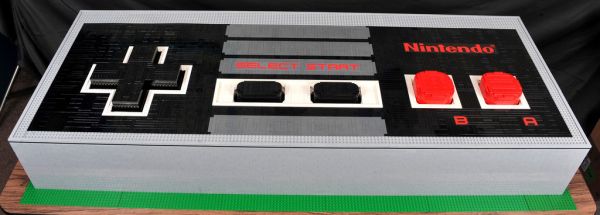
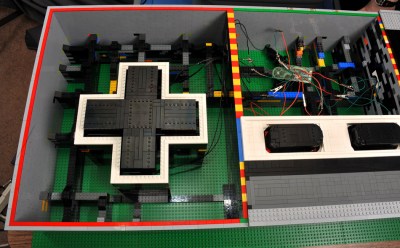 The four main sides of the controller case are standard stacked grey LEGO bricks. The inside of the case is mostly hollow, only with some supporting structures for the walls and buttons. The top is made from 4 individual LEGO panels that can be quickly and easily removed to access the interior components. The large LEGO buttons slide up and down inside a frame and are supported in the ‘up’ position care of some shock absorbers from a Technic Lego set. The shocks create a spring-loaded button that, when pressed down, makes contact with a momentary switch from Radio Shack. Each momentary switch is wired to a stock NES controller buried inside the large replica. The stock controller cord is then connected to an NES-to-USB adapter so the final product works with an NES Emulator on a PC.
The four main sides of the controller case are standard stacked grey LEGO bricks. The inside of the case is mostly hollow, only with some supporting structures for the walls and buttons. The top is made from 4 individual LEGO panels that can be quickly and easily removed to access the interior components. The large LEGO buttons slide up and down inside a frame and are supported in the ‘up’ position care of some shock absorbers from a Technic Lego set. The shocks create a spring-loaded button that, when pressed down, makes contact with a momentary switch from Radio Shack. Each momentary switch is wired to a stock NES controller buried inside the large replica. The stock controller cord is then connected to an NES-to-USB adapter so the final product works with an NES Emulator on a PC.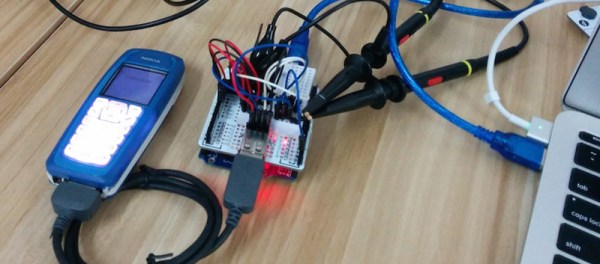


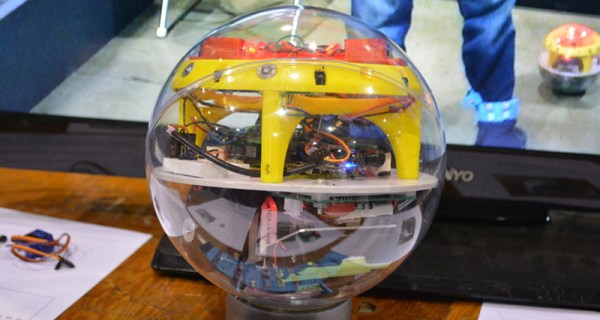
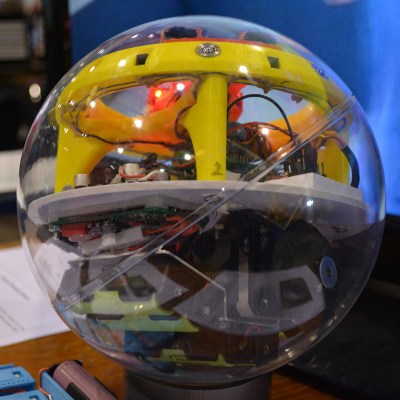

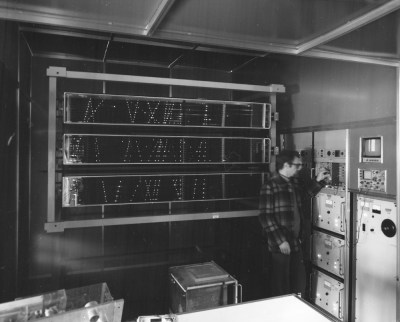
 Last week’s prize was a
Last week’s prize was a 